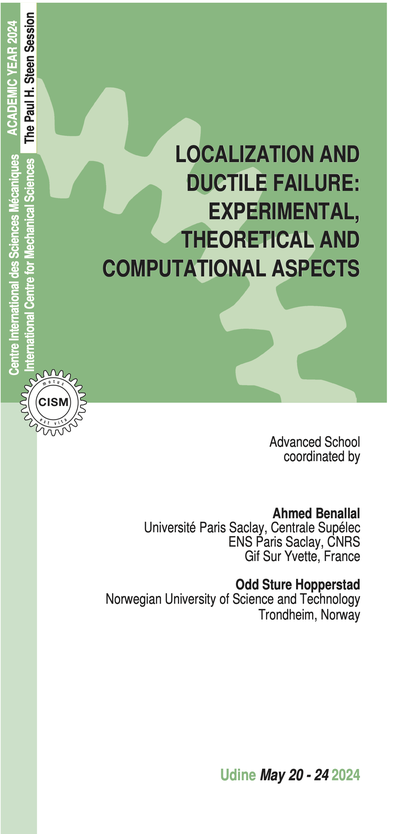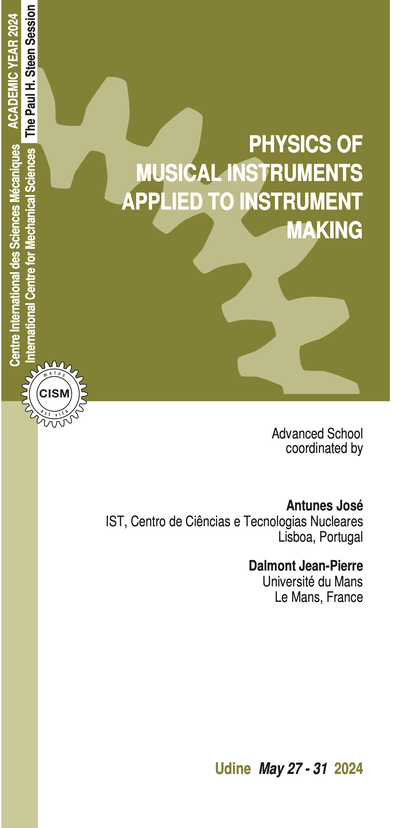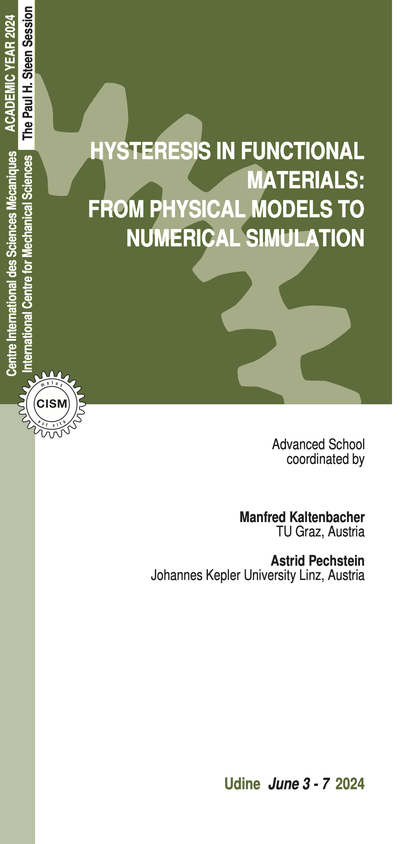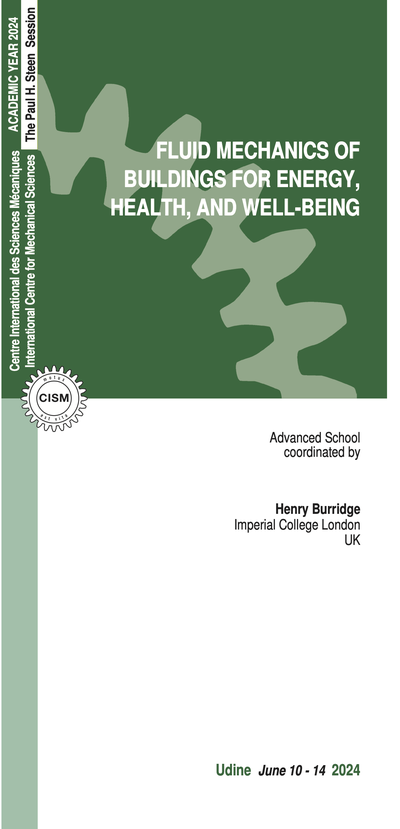Antoun, T., Seaman L., Curran D.R., Kanel G., Razorenov S, Utkin A. Spall fracture, Springer.
Meyers M.A, Dynamic behavior of materials, Wiley.
Freund, L.B., 1998. Dynamic Fracture Mechanics. Cambridge University Press.
Czarnota C., Jacques N., Mercier S., Molinari A. Modelling of dynamic ductile fracture and application to the simulation of plate impact tests on tantalum. Journal of the Mechanics and Physics of Solids. 2008; 56:1624-1650.
Fressengeas C., Molinari A. Inertia and thermal effects on the localization of plastic flow. Acta Metallurgica. 1985; 33: 387-396.
Keita O., Dascalu C., François B. A two-scale model for dynamic damage evolution. Journal of the Mechanics and Physics of Solids. 2014, 64: 170-183.
Gurson A. L. Continuum theory of ductile rupture by void nucleation and growth part I. yield criteria and flow rules for porous ductile media. Journal of Engineering Materials Technology. 1977; 99: 2-15.
Rodríguez-Martínez J.A., Vadillo G., Fernández-Sáez J., Molinari A. Identification of the critical wavelength responsible for the fragmentation of ductile rings expanding at very high strain rates. Journal of the Mechanics and Physics of Solids. 2013; 61: 1357-1376.
Vadillo G., Reboul J., Fernández- Sáez J. A modified Gurson model to account for the influence of the Lode parameter at high triaxialities. European Journal of Mechanics - A/Solids. 2016; 56: 31-44.
3 lectures on: Dynamic ductile damage. Plate impact test. Propagation of shock waves. Numerical simulations.
6 lectures on: Multiscale modeling of dynamic damage in brittle materials. Asymptotic homogenization method. Effective damage laws for solids with microcracks. Microstructural size effects. Thermal influences on damage evolution. Dynamic failure simulations.
2 lectures on: Dynamic damage model with micro inertia. Void shape effect on effective behavior.
6 lectures on: Dynamic fracture mechanics. Specimens and loading techniques. Experimental techniques for fracture parameters determination. Energy dissipation sources and their influence on measured fracture parameters.
6 lectures on: Experimental techniques for dynamic testing. Presentation of dedicated specimens. Infrared sensing and thermomechanical coupling. Adiabatic shear failure, from the macro to microscopic scales.
6 lectures on: Plastic instabilities. Dynamic necks and adiabatic shear bands. Fundamentals of flow localization. Linear stability analyses. Numerical modelling of multiple localization patterns.
6 lectures on: Static ductile fracture. Fundamentals for porous ductile solids. Homogeneization procedure. Gurson model. Extensions of the Gurson model. Finite-element implementation.
* Italian VAT is 22%.





